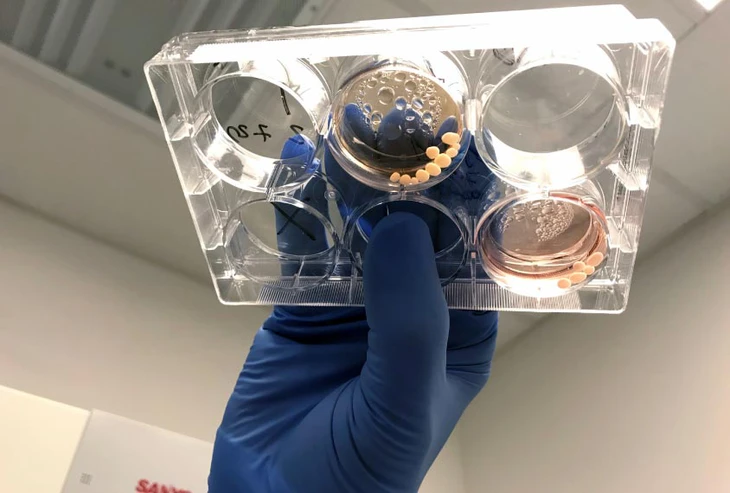
Experiments on brain organoids carrying the NOVA1 gene from modern and ancient humans helped scientists observe the effects of lead on brain development, especially the FOXP2 gene, a key gene related to speech and language ability - Photo: University of California San Diego
According to scientists from Southern Cross University (Australia) in collaboration with the Icahn School of Medicine at Mount Sinai Hospital (USA) and the University of California San Diego (UCSD), lead is not just a modern-day poison.
By analyzing 51 fossil teeth of ancient human species such as Australopithecus africanus, Paranthropus robustus, Homo habilis, Neanderthals and Homo sapiens , the research team discovered clear traces of lead accumulation, proving that prehistoric humans were repeatedly exposed to this metal.
"Lead is not just a product of the industrial revolution, but has long been part of the human evolutionary landscape. This means that the brains of our ancestors evolved under the influence of a highly toxic metal, which may have helped shape social behavior and cognitive abilities over thousands of generations," said Professor Renaud Joannes-Boyau, lead researcher at Southern Cross University.
In addition to the geochemical analysis, the scientists also conducted experiments on human brain cell models grown in the laboratory. They compared the responses of two versions of the NOVA1 gene: one is the ancient version found in Neanderthals , the other is the modern version found in Homo sapiens.
The results showed that when exposed to lead, brain tissue carrying the ancient NOVA1 gene had impaired activity of FOXP2, a key gene that controls the language and pronunciation center. Meanwhile, brain tissue carrying the modern NOVA1 gene showed better resistance to the poison and was less damaged.
According to Professor Alysson Muotri (UC San Diego), this difference may have been a turning point in the evolution of language. Under toxic environmental pressure, the NOVA1 gene of modern humans evolved to be more tolerant of lead and may have helped us develop superior communication and cognitive abilities.
The team's proteomic analysis also showed that lead strongly affects neural pathways involved in social behavior and communication, suggesting that environmental toxins have contributed to the shaping of the "social brain" in humans.
Professor Manish Arora (Mount Sinai) commented: "From an evolutionary perspective, the fact that species have had to adapt to toxic environments to survive is a testament to how nature can turn danger into opportunity. But it also leaves biological traces that we still have to face today."
While today's lead exposure comes primarily from industrial activities, such as paint, gasoline, or plumbing, this research shows a deep link between genes and the environment that dates back millions of years.
“This work not only rewrites the history of lead exposure, but also reminds us that gene-environment interactions are still silently shaping human health and the future,” concluded Professor Joannes-Boyau.
Although still controversial, the study's initial results open up a new and surprising perspective: toxic metals like lead, considered harmful to modern health, may have helped shape human evolution.
Millions of years of exposure to lead appears to have acted as a natural “selective pressure,” promoting the development of adaptive brains and improved language and communication functions.
In other words, it is this once life-threatening toxin that may have helped shape the intelligence and language abilities that make up the nature of humans today.
Source: https://tuoitre.vn/phat-hien-bat-ngo-doc-chat-chi-co-the-da-gop-phan-tao-nen-bo-nao-thong-minh-cua-loai-nguoi-20251021084218438.htm


![[Photo] Prime Minister Pham Minh Chinh meets with Speaker of the Hungarian National Assembly Kover Laszlo](https://vphoto.vietnam.vn/thumb/1200x675/vietnam/resource/IMAGE/2025/10/20/1760970413415_dsc-8111-jpg.webp)
![[Photo] Da Nang residents "hunt for photos" of big waves at the mouth of the Han River](https://vphoto.vietnam.vn/thumb/1200x675/vietnam/resource/IMAGE/2025/10/21/1761043632309_ndo_br_11-jpg.webp)
![[Photo] Prime Minister Pham Minh Chinh received Mr. Yamamoto Ichita, Governor of Gunma Province (Japan)](https://vphoto.vietnam.vn/thumb/1200x675/vietnam/resource/IMAGE/2025/10/21/1761032833411_dsc-8867-jpg.webp)







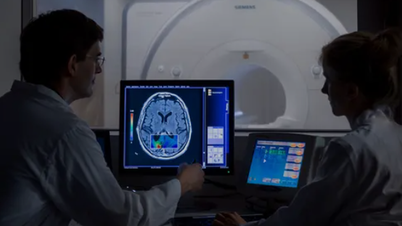
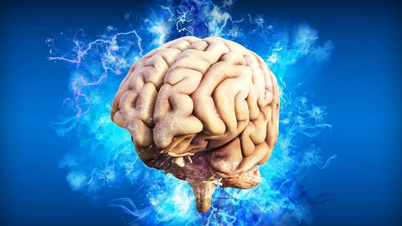

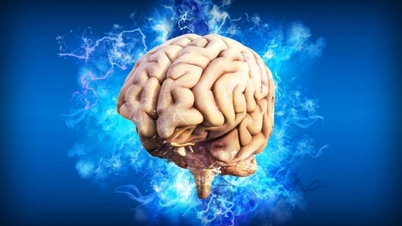

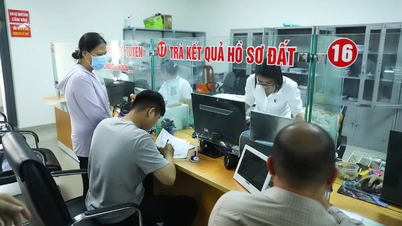


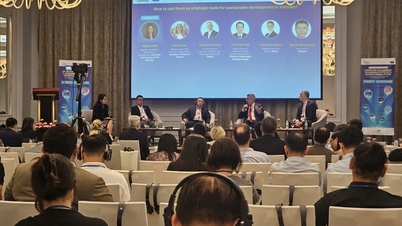













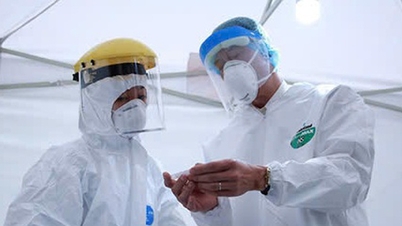
























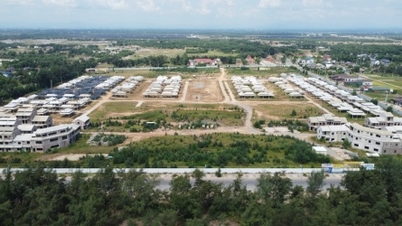
















































Comment (0)